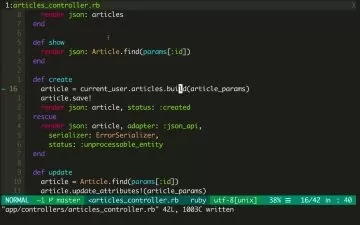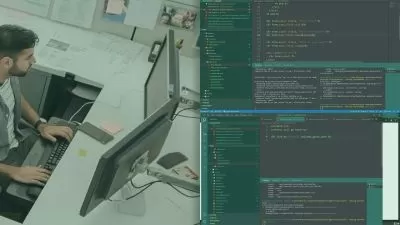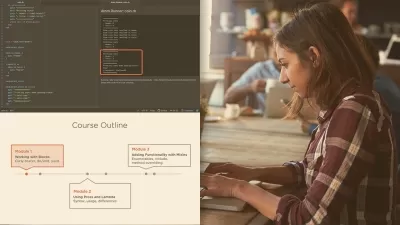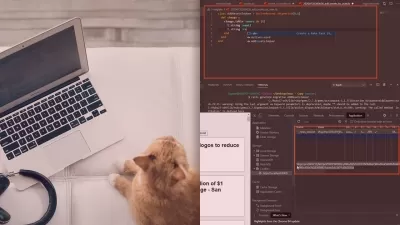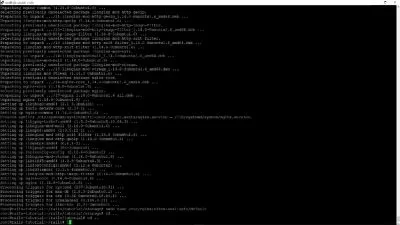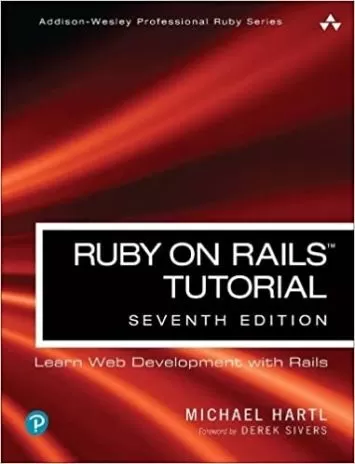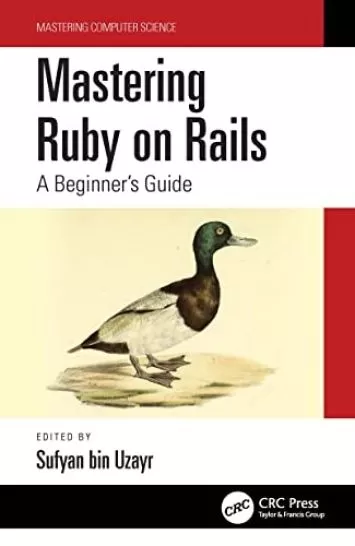About Ruby on RailsLearn More
Ruby on Rails or Ruby on Rails or Rails is a server-side web application framework written under the Ruby programming language and licensed by MIT.
Ruby on Rails is an open source web framework aimed at rapid development for web developers. In fact, Rails is a framework written based on the Ruby programming language.
Sort by:
Sorting
The newest
Most visited
Course time
Subtitle
Filtering
Courses
Subtitle
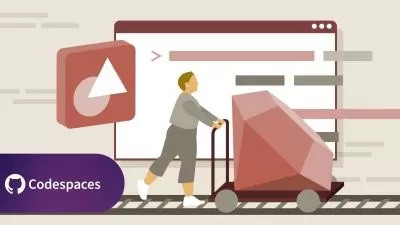
Linkedin Learning


David Morales
Hands-On Introduction: Ruby on Rails 1:07:23
English subtitles
06/08/2024
Subtitle

Udemy


John Elder
Top Programming Bundle: Learn Rails And Ruby Programming 11:00:51
English subtitles
06/02/2024

Udemy


Kameswara Sarma Uppuluri
Mastering Ruby On Rails 7 - The Complete Reference Guide 24:37:57
06/01/2024
Subtitle

Udemy


Artech Learning, LLC.
Building a Complete Web Application with Ruby on Rails 5:46:56
English subtitles
03/14/2024

Udemy


Shaikh Umair Ahmed
Build an eCommerce with Hotwire, Razorpay | Ruby On Rails 7 4:37:33
03/12/2024
Subtitle
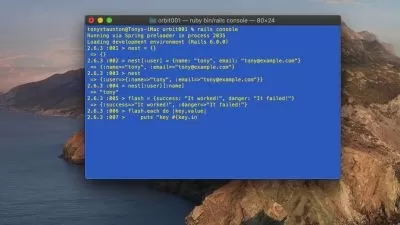
SkillShareRuby on Rails A Beginners Guide to Web Development with Rails
14:12:46
English subtitles
12/31/2023
Subtitle

SitePoint


Ilya Bodrov-Krukowski
5 Ruby Metaprogramming Methods to Simplify Your Code 47:15
English subtitles
09/17/2023
Subtitle
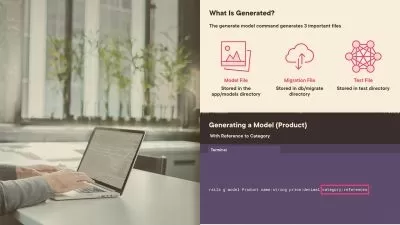
Pluralsight


Raphael Alampay
Ruby on Rails 7 Active Record Models 2:22:04
English subtitles
07/22/2023
Subtitle

Linkedin Learning


David Morales
Hotwire: Reactive Ruby on Rails Applications 1:29:28
English subtitles
07/01/2023
Books
Frequently asked questions about Ruby on Rails
Ruby on Rails is one of the most popular open-source web development frameworks. It is written in the Ruby programming language. Ruby on Rails helps developers build websites and applications by providing them with pre-built code and development tools and specifying an application structure to use when they are creating them. Applications built with Ruby on Rails follow the Model, View, and Controller pattern, which is well known among the development community and easy to use. It also comes with a library called Active Record, which makes interacting with databases simple and rarely requires that a developer knows SQL, the language used to interact with databases. Ruby on Rails shortens development time by providing ready-made solutions for common web development tasks.
A big advantage of Ruby on Rails is that it is free and open-source, which saves on development costs. Ruby on Rails uses the Model, View, and Controller pattern, which is one of the most common web application development patterns. This makes it easy for new developers to pick up. Ruby on Rails makes it simple to manage changes to web applications. It comes with many security features built-in and enabled by default, and the Rails community is quick at spotting and patching any vulnerabilities they find in the framework. Ruby on Rails is flexible and is suitable for use on all types and sizes of web applications, even when used as a backend service for single-page applications. Developers can be highly productive when using Ruby on Rails because much of the configuration work is done by the framework. Other features can be added with third-party libraries, so they can use existing libraries to build their app instead of reinventing the wheel.
The first pillar of the Ruby on Rails doctrine is "Optimize for programmer happiness," which means that writing code in it should not be frustrating. The second pillar is "Convention over Configuration," which saves a lot of developer deliberation. "The menu is omakase" is the third pillar and means much of the decisions regarding the structure of an app are taken out of the developer's hands. The fourth is "No one paradigm" and makes Rails flexible. The fifth pillar is "Exalt beautiful code." Number six is "Provide sharp knives," which means you will find many useful tools in Rails. The seventh pillar is "Value integrated systems" so that Rails works well with other parts of your platform. Pillar number eight is "Progress over stability," which has kept Rails at the leading edge of web development for years. The ninth and final pillar is "Push up a big tent," which means Rails development depends on the community and not the views of only a few individuals.





